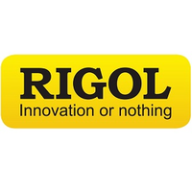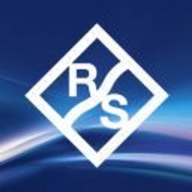

Find out what your peers are saying about Siglent, RIGOL Technologies, Tektronix and others in Oscilloscopes.
RIGOL Technologies offers a comprehensive range of oscilloscopes that cater to a wide variety of needs in the electronics industry. RIGOL oscilloscopes are appreciated for their user interface, high-resolution displays, and advanced measurement capabilities. RIGOL oscilloscopes are a solid choice for anyone needing reliable and advanced tools for electronic signal measurement and analysis.
RIGOL oscilloscopes provide a robust set of features, including deep memory, high waveform capture rates, and a broad range of bandwidth options. Users can choose from digital storage oscilloscopes, mixed signal oscilloscopes, and ultra-vision oscilloscopes depending on their specific requirements. These devices often come with multiple channels, offering flexibility in monitoring and analyzing electrical signals.
Key features to highlight include:
When evaluating RIGOL oscilloscopes, potential users should consider the benefits such as cost-effectiveness, which allows for obtaining high-quality equipment without overstretching budgets. The ease of use significantly reduces the learning curve for new users while enhancing productivity for seasoned professionals. Moreover, the reliability and accuracy of measurements provide users with confidence in their analyses and decisions.
In specific industries like telecommunications, automotive, and consumer electronics, RIGOL oscilloscopes are implemented for tasks ranging from product development and testing to maintenance and research. Their adaptability and performance make them suitable for both routine quality checks and pioneering experimental research.
Oscilloscope innovation that delivers measurement confidence. Excellent signal fidelity, high acquisition rate, an innovative trigger system and a clever user interface - that’s what you get with Rohde & Schwarz, a leading manufacturer of oscilloscopes. Match your needs with the right oscilloscope platform, probing options and software applications. From general purpose test to solutions for specific industry standards, we have you covered.
We monitor all Oscilloscopes reviews to prevent fraudulent reviews and keep review quality high. We do not post reviews by company employees or direct competitors. We validate each review for authenticity via cross-reference with LinkedIn, and personal follow-up with the reviewer when necessary.